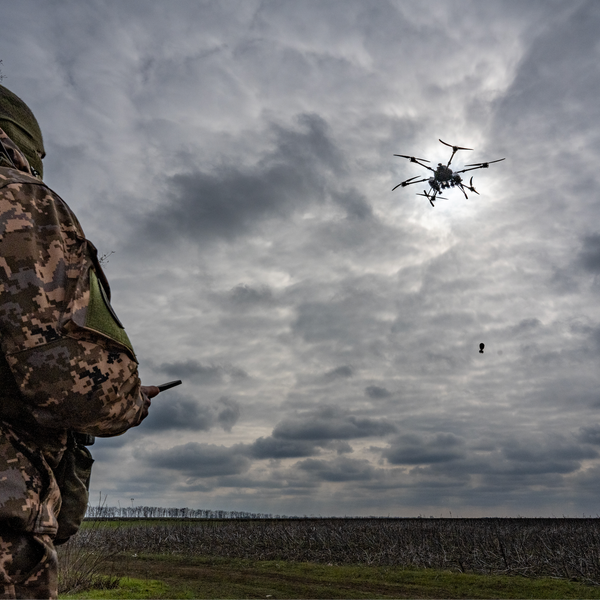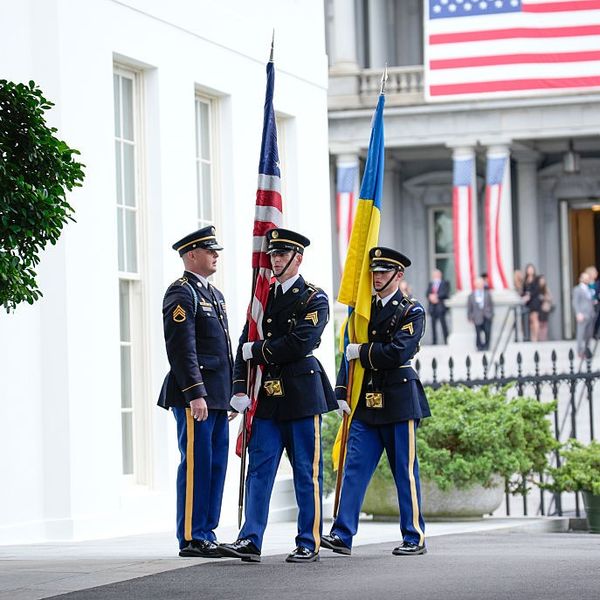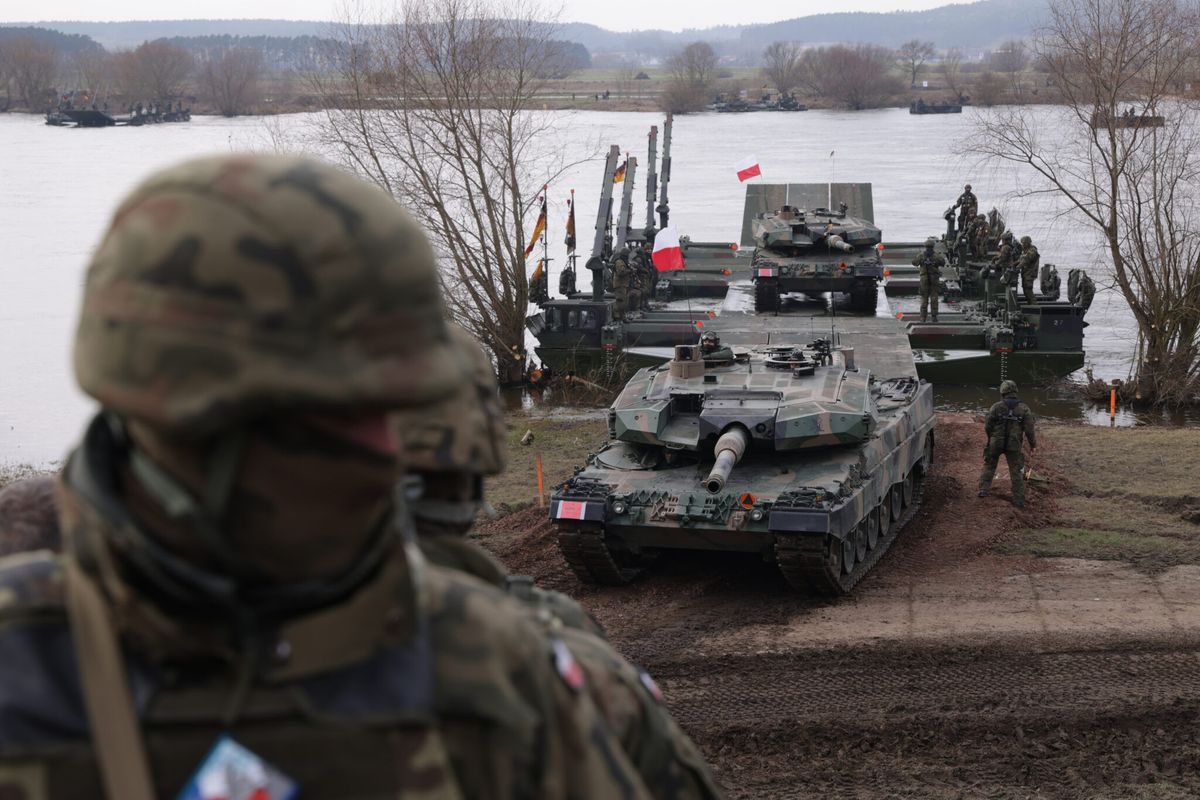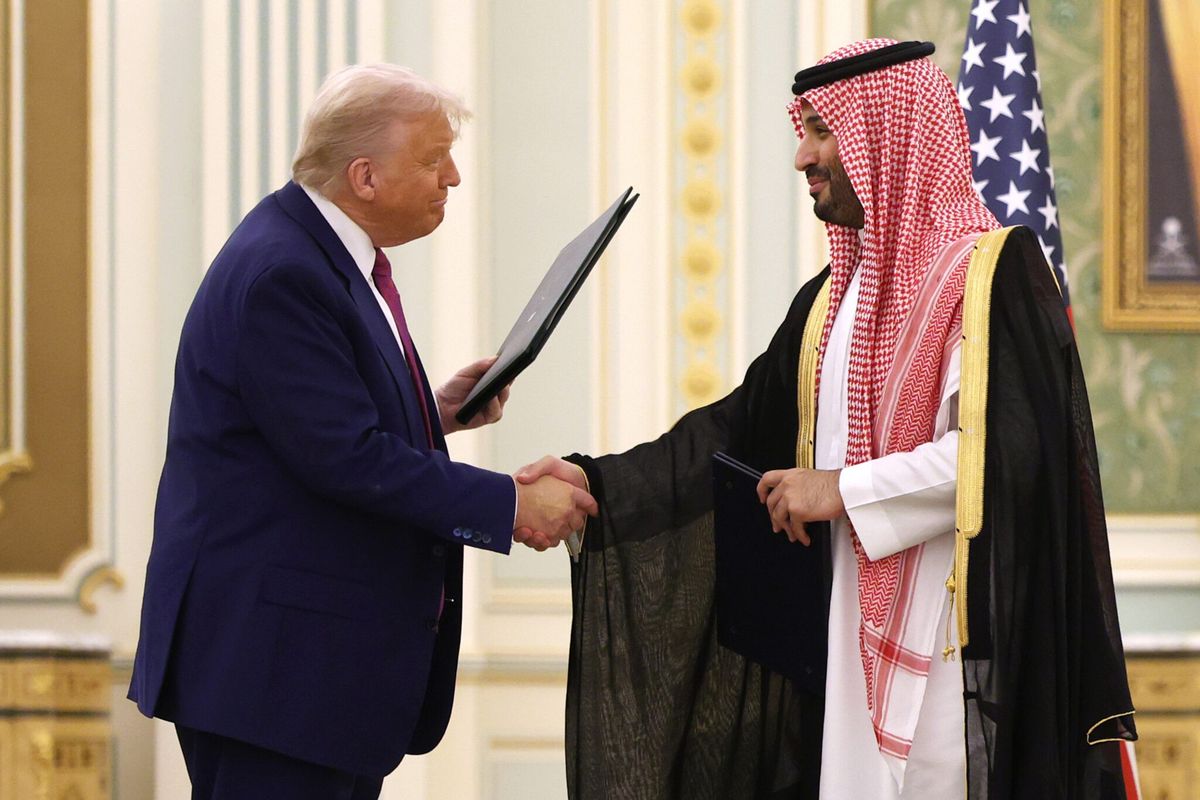OPINION — “I think one of the lessons [of the August 2021 U.S. military withdrawal from Afghanistan], if you want to call it a lesson, I suppose, is: Don’t put a date certain on a thing like this. Don’t announce them and don’t put a date certain. Basically, you lose whatever leverage you might have if you are involved in some sort of negotiation.”
That was retired Gen. Mark Milley, former Chairman of the Joint Chiefs of Staff, testifying last Tuesday before the House Foreign Affairs Committee during a four-hour-long hearing called to assess the Biden administration’s withdrawal from Afghanistan.
Most committee Republicans attempted to score political points, criticizing President Biden’s decision and the civilian chaos that followed the departure of American troops, including the bloody suicide bombing at Kabul Airport’s Abbey Gate on August 26, 2021, that killed 170 Afghan civilians and 13 American service personnel.
Committee Chairman Rep. Michael McCaul (R-Texas) opened the hearing by welcoming invited Abbey Gate Gold Star family members. “We honor you, we honor your sacrifice here today,” McCaul said, but he swung quickly into partisan mode. “While the President [Biden] has never stated the names of your children, I will here today,” he said, and then he read out the thirteen names.
Partisanship continued at the hearing, as Republican committee members repeatedly questioned Milley and a second witness, retired-Marine Gen. Kenneth F. McKenzie Jr., former Commander of United States Central Command, about Biden pulling all U.S. troops out despite the Pentagon’s recommendation that 2,500 American Special Forces remain in Afghanistan as negotiations continued.
For their part, several committee Democrats widened the questioning to include poor decisions made over the 20-year American involvement in Afghanistan, during administrations of two Republican and two Democratic presidents.
From my vantage point, once I got over the partisan approaches, the hearing did suggest some lessons learned by the U.S. military that appear to have been applied to the current war in Ukraine. Milley and McKenzie also disclosed facts that clarified some political questions about Biden’s Afghan decisions, which I will discuss below.
The trouble with “mirror imaging”
One of the lessons learned for Ukraine may have arisen from what Milley said was one of the key mistakes made after 2001 under the Bush and Obama administrations: “the development of the ANSF (Afghan National Security Forces),” to which he added, “and I was part of that.”
After the U.S.-directed November 2001 defeat of the Taliban, a new Afghan government was established in December 2001 under the international Bonn Agreement that included a new Afghan army of 70,000 and national police of 62,000, which were eventually meant to protect the country.
Milley told the committee that in 2004 and 2005 “there was mirror imaging going on,” meaning that the U.S. and its allies in Afghanistan were trying to build and train the new Afghan army and national police as they had done in their home countries. Milley said, “We [the U.S.] tried to build a conventional army and [subsequently] we tried to build commandos and Special Forces, but too late.”
The numbers for the Afghan Army grew slightly during the Bush years as Taliban insurgents began appearing. The Obama administration planned to increase temporarily the number of American troops in 2010 from 30,000 to 100,000 to cripple the Taliban insurgents, while raising and training a larger planned Afghan Army of 175,000 that would eventually take over.
Milley told the House committee last week that “the number of security forces was too small. We, the military, had estimated 600,000 to 700,000 [for the army and national police]…They [the smaller numbers] were completely not designed well for counterinsurgency. So you are looking at about 175,000 [in the Afghan] army. And the Taliban had fielded about 100,000, so your correlation of forces between the insurgents and regime forces was always balanced more in favor of the Taliban.”
One lesson for Ukraine from Afghanistan is that a U.S-assisted country must be defended by its own troops. Another was that commandos and Special Forces should be trained early, and in Ukraine that was what happened. U.S. and NATO Special Forces began training their Ukrainian counterparts in 2015, shortly after Russia's incursion into Crimea, and seven years before Russia’s large-scale invasion of Ukraine.
Subscriber+Members have a higher level of access to Cipher Brief Expert Perspectives and get exclusive access to The Dead Drop, the best national security gossip publication, if we do say so ourselves. Find out what you’re missing. Upgrade your access to Subscriber+ now.
The beginning of the “endgame”
Milley said that the Afghanistan endgame “probably started at Doha,” meaning the agreement signed between the Trump administration and the Taliban in Doha, Qatar, on February 29, 2020. The military was not consulted during the negotiations, which had been directed by the Trump White House, the State Department and its negotiator, U.S. Special Representative for Afghanistan Reconciliation Zalmay Khalilzad.
Milley said the Doha negotiations led to a bilateral agreement between the Trump administration and the Taliban that “kind of pulled the rug out, morale-wise, both from Afghan security forces and the government itself, because at that point they knew with certainty there was a date certain now.”
Before getting into the details of the Doha agreement, I will suggest, although Milley did not say it directly, that the Doha agreement lesson was that the U.S. should not negotiate war settlements with an enemy when it involves an allied third-country’s territory or interests. That lesson seems relevant today in the Biden administration refusal to discuss with Russia, as President Putin has suggested, ways to end the fighting in Ukraine – leaving it up to Ukraine President Zelensky to determine the initiation of any negotiations with Moscow.
Milley said, “I found out about that [the Doha Agreement] from [then-Defense] Secretary Esper, after the fact, and...a week or two later we found the, we were given the classified annex.”
Under Doha, Milley said, there was to be a reduction in violence over a 90-day period, leading to a permanent ceasefire and ultimately a negotiated settlement between the government of Afghanistan and the Taliban, but the latter negotiations never happened.
McKenzie offered a fact about the Doha agreement that I hadn’t heard before. He said that at one point, “They [the Taliban] stepped up attacks on Afghan forces during this period because we had agreed to actually withdraw substantive air combat from the Afghan military during this period of time and they took advantage of that opportunity.”
Publicly, the Doha agreement called for the total withdrawal of all U.S. military forces and its coalition partners by May 1, 2021, to include all non-diplomatic civilian personnel, private security contractors, trainers, advisors, and supporting services personnel. In the interim, U.S. troop levels were reduced by the Trump administration from 13,000 to 8,600 in June 2020; and to 4,500 in September 2020.
Milley said the Esper-led Pentagon had proposed to the Trump White House that the U.S. hold its force level at 4,500 until the Taliban observed other provisions of the Doha agreement, which they did not. Even Ambassador Khalilzad had told Congress that reducing below 4,500 “will be contingent on them delivering on the commitments that they have made.”
It was early October 2020, and Trump, in the midst of the presidential campaign, had made halting America’s “endless wars” a campaign mantra. That fall he tweeted, “We should have the small remaining number of our BRAVE Men and Women serving in Afghanistan home by Christmas!”
On November 9, two days after the Associated Press declared Biden winner of the presidential election, Trump fired Esper. The word was that Esper had been disloyal.
Milley told the House committee that on November 11, 2020, he received a White House note, signed by Trump, “which had two sentences. One was, withdraw forces from Somalia by the 15th of December, and withdraw all forces out of Afghanistan by the 15th of January.”
Milley said he got Acting Defense Secretary Chris Miller to check with the White House, and the order was rescinded. Days later, another White House order arrived, this one signed by National Security Advisor Robert O’Brien, which returned to the 2,500 minimum American force required by January 15, 2021.
When it came to the Biden administration, Milley, however, made clear that the troops he and McKenzie wanted were 2,500 “high-end Special Forces with contractors [for support and] with NATO [forces] – so that it was more than just 2,500 troops. Gen. McKenzie agreed “generally” with what Milley had said but added that keeping the 2,500 troops “ought to be coupled with an aggressive negotiation process with the Taliban, one perhaps that had a few more sticks, and not all carrots to it.”
Milley also said more than once that he believed that if the U.S. didn’t remove all its troops, “The probability is greater than not that the Taliban would have re-initiated combat on 1 May or 2 May.”
It's not just for the President anymore. Cipher Brief Subscriber+Members have access to their own Open Source Daily Brief, keeping you up to date on global events impacting national security. It pays to be a Subscriber+Member.
Testing Trump’s claims
During the hearing, both Milley and McKenzie provided information that raised questions about the accuracy of statements made by Trump and others about the Afghan withdrawal.
Trump had said repeatedly that the Biden Adminstration’s hasty withdrawal (which came nearly a year after Trump’s signed order that troops should leave) meant that U.S. troops had left equipment in Taliban hands. On October 7, 2021, on the Hannity Fox News Show, Trump said - as he has often claimed since, one way or another - "We left $85 billion worth of equipment in the hands of the Taliban."
As Milley put it, that number was “$80 billion worth of military aid total – that’s everything, food and building barracks and uniforms to include equipment over 20 years. And…$7.2 billion of military equipment, U.S. manufactured military equipment, that’s with the Afghan Security Forces. That’s Afghan-owned equipment, not American equipment.”
Milley added, “Every piece of American equipment that American military owned came out with us…or was destroyed on site, and that’s a fact.”
As for the intelligence failure at the end, both the military and CIA predicted in 2021 that the Afghan government and security forces could maintain control for three to six months, after the Biden withdrawal of all U.S. forces, except for some 650 to protect the U.S. Embassy and its personnel.
Milley traced the failure of American intelligence to forecast the rapid collapse of the Afghan military to the summer of 2020, “when we went to 8,600 [troops] and then we dropped to 4,500, you’re pulling advisors off the…the battalion level, the Afghan battalions. What that then means is we don’t have a finger-tip touch for what’s going on in the Afghan security forces. We blinded ourselves when you pulled those advisors off.”
Milley continued, “So we relied on electronic means or technological mean.in order to be able to see what’s really happening with Afghan Security Forces. But technology can’t read a person’s heart. They can’t see the negotiation that is going on locally between the Taliban and the local Afghans.”
Despite the politics, it was a truly worthwhile hearing.
Read more expert-driven national security insights, perspective and analysis in The Cipher Brief











